
Acesarean section (hysterotomy) is scheduled or performed on an emergency basis.

Acesarean section (hysterotomy) is scheduled or performed on an emergency basis.

Urbana, Ill. - 3/15/07 - A University of Illinois research team uncovered a similarity between known human protein pathways in osteosarcoma patients and the proteins of canine and feline patients that could help improve palliative care for animals.
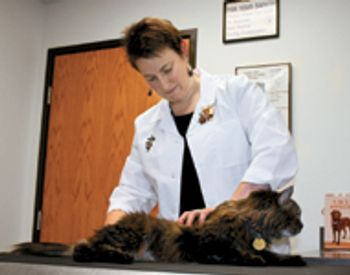
Ease suffering and charge for analgesics and other therapies at the same time.

Put the Pain Score into the record each time a patient comes in.

To prevent hypothermia during anesthesia, we place baby booties or socks on all our patients to reduce heat loss through their footpads.

Using capnography or a capnometer to determine end-tidal CO2 (ETCO2) is a simple, practical, and noninvasive way to monitor patient ventilation during anesthesia.

Nat A. White II, DVM, Dipl. ACVS, will present the Frank J. Milne State-of-the-Art lecture at the American Association of Equine Practitioners 52nd Annual Convention in San Antonio, Texas, on Dec. 4. Dr. White's lecture, "Equine Colic: A Real Pain in the Gut," will highlight the biology of equine colic and advances in its diagnosis and treatment. The lecture is sponsored by AAEP Educational Partner Platinum Performance and presented by the AAEP Foundation, Inc.

There is no universally accepted definition of old age and as we are all aware, some people and animals age better than others. Because of advances in veterinary medicine, the average lifespan of cats and dogs has increased and according to recent AVMA statistics, about 30 percent of the owned pet population in the United States is considered geriatric (Wise et al, 2002). As senior care becomes a significant component of companion animal practice, we must be aware of the special anesthetic requirements of this population.
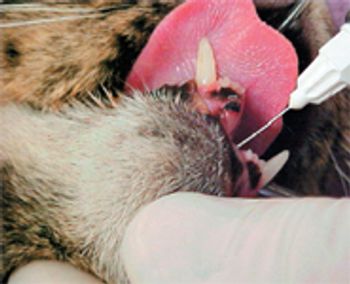
Symphyseal fracture repair in cats has been performed traditionally by placing a ligature wire circumferentially around the anterior mandible and securing the right and left mandibular bodies by tightening the ligature wire. This method is not only invasive, but often results in an unstable symphyseal reduction because of the faculty of ligature wire to stretch over time.

We reuse gel ice packs to numb the area between a pet's shoulder blades before placing a microchip.
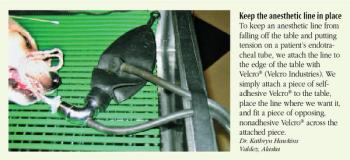
To keep an anesthetic line from falling off the table and putting tension on a patient's endotracheal tube, we attach the line to the edge of the table with Velcro.

Cats are living longer because of a greater focus on routine healthcare for pets. As their veterinarians, we are challenged with the task of helping these cats live long, high-quality lives. The American Association of Feline Practitioners and the Academy of Feline Medicine (AAFP/AFM) Panel Report on Feline Senior Care1 provides a consensus on important goals and recommendations to help you care for senior cats. This article highlights many of the principal points in that report in conjunction with my clinical experience.

Hypotension, usually defined as mean arterial blood pressure less than 60 mm Hg or systolic arterial blood pressure less than 90 mm Hg, is reportedly one of the most common complications associated with general anesthesia in dogs and cats.

Springfield, N.J. - The New Jersey Veterinary Medical Association (NJVMA) unveils veterinary medicine's first pain management guidelines, beating at least two national groups to the task.
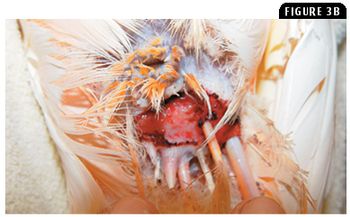
Avian medicine in the United States and abroad tends to be more focused on crisis and intervention than on preventive care and wellness. Therefore, in this article I discuss some of the basic considerations of emergency medical care in pet birds.

A disturbing e-mail arrived the other day: Hello, Dr. Bellows: I have a 5-year-old yellow Labrador Retriever that I have routinely cleaned her teeth (with enzyme toothpaste and a brush, recently using Sonicare). Despite all best efforts, she is building up tartar and I think may have a dark spot (cavity on a rear molar).
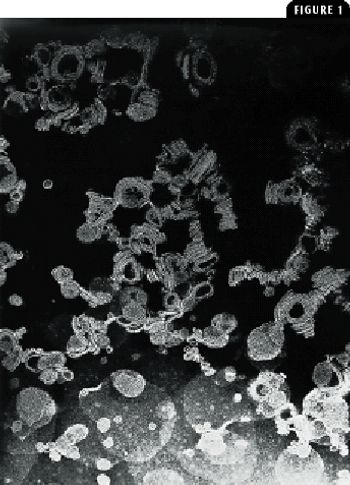
Adequate analgesic treatment of both acute perioperative pain and chronic pain in dogs is recognized by the veterinary profession and the general public as imperative to appropriate and humane medical care.

In this double-blind, prospective, and randomized clinical trial from France, 60 dogs undergoing orthopedic surgery were treated with either preoperative meloxicam (0.2 mg/kg intravenously) or intraoperative ketoprofen (2 mg/kg intravenously) and assessed for pain for up to 24 hours after surgery.

From 1998 to 2003, we evaluated several chemical restraint protocols for blood donor cats to improve the quality and efficiency of the blood bank, as well as the donors' quality of life.
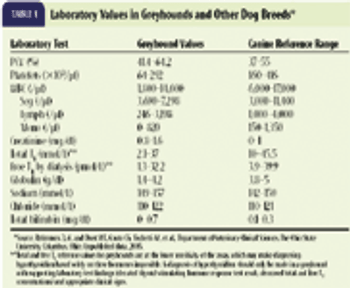
Over thousands of years, greyhounds have been bred and selected for speed. This selective breeding may explain a number of the idiosyncrasies we see in the breed today. Retired racing greyhounds are becoming more common pets and more common patients in veterinary hospitals. It is estimated that about 18,000 greyhounds are placed into homes as pets annually. This article will familiarize practitioners with some idiosyncrasies in greyhounds that can affect their medical care.

Because cats are relatively quiet creatures, that is, they don't bark, whine, and announce themselves, their analgesic needs are often ignored or forgotten. Evaluating pain in cats is challenging and requires intense and prolonged observation, intuition, interaction with the animal, and knowledge of the various feline behaviors that may signal pain.

Preanesthetic evaluations can reduce morbidity by alerting a clinician to take action to optimize a patient's preoperative status and perioperative management.

The identification of acute and chronic pain in the dental patient is problematic in both the feline and canine species.
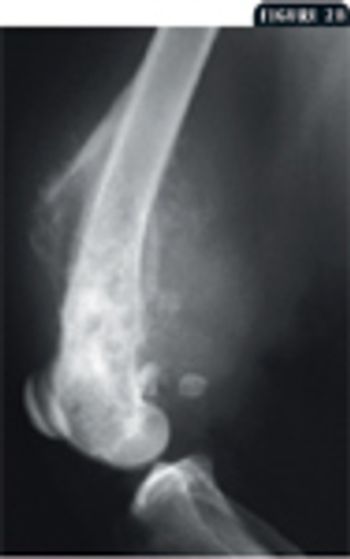
Pain negatively affects quality of life as well as many important physiological functions, so controlling it in all patients should be a top priority.
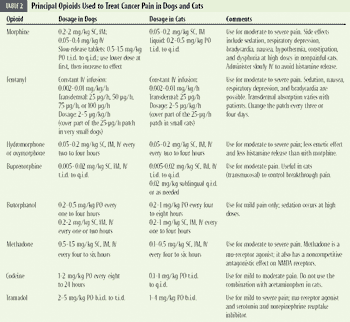
Recent publications, ongoing prospective studies, and better knowledge of the available therapeutic options should provide the necessary framework for appropriate pain management in cancer-bearing pets.